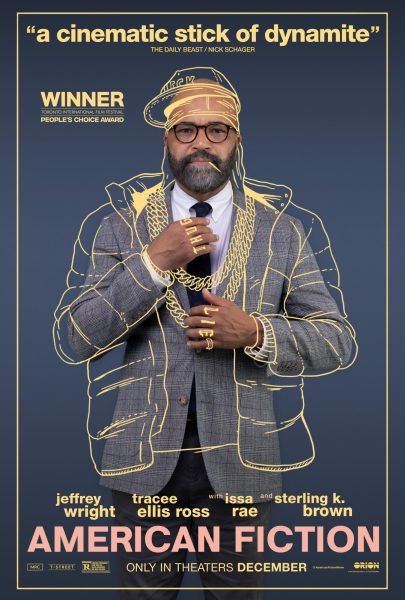More Than a Gimmick: A Final Goodbye to Nintendo’s Best Handheld
Yup, 2020 just got a little worse. In February 2011, Nintendo’s new handheld game system the 3DS was released, and on Sept. 17, 2020, Nintendo confirmed that it would officially cease production. What started in the shadow of its older brothers, the DS, and the Gameboy Advance SP, the 3DS began to feel more comfortable in the spotlight and eventually became the greatest handheld of all time.
Many originally mocked the 3DS for just that, the 3D functionality, but in practice, it had many awesome uses. There were tons of smaller things the 3D feature could be used for, like viewing photos and certain videos or having the menu screen in this mode. When I first got my 3DS, I remember having my mind blown watching the game trailers in 3D for the first time. The games that did implement this into their gameplay, like The Legend of Zelda: A Link Between Worlds, Pilotwings Resort, or Super Mario 3D Land, were better off for it. This was because the developers could design different levels in specific ways that could only be truly experienced as intended with the 3D on.
The 3DS single-handedly saved Nintendo from bankruptcy. Due to a combination of terrible marketing, mediocre launch titles, and lack of 3rd party support, the Wii U was not the success Nintendo wanted. Nintendo’s economic downturn got to the point where its president at the time, Satoru Iwata, had to take a reduced salary in 2014 in order to keep the company afloat. This and the 3DS’ sales were the only things that kept Nintendo alive during this time. To put things into perspective, the 3DS sold more units in 2013, two years after its release, than the Wii U, which was released in late 2012. Over time, the Wii U would start selling more yearly than the handheld console but would never beat it overall.
The 3DS’ true secret lies with its unrivaled game library. To once again compare the Wii U to the 3DS, the Wii U’s highest-selling game, Mario Kart 8, sold 8.45 million copies, while the 3DS’s highest-selling game, Mario Kart 7, sold 18.71 million copies. There is no other handheld that can compare with the games available, but to keep things short, let’s focus on only one; The Legend of Zelda: Ocarina of Time 3D. The original, released in 1998, was already considered by many as one of the greatest games of all time, and all this remake did was make it better. Its gameplay felt tighter, the graphics were wonderfully updated, the sound design was incredible, and the story was just as good.
Ocarina of Time 3D will always hold a special place in my heart. Before it, I had mainly thought of video games as simply being able to push buttons at the right time. It was with this game’s story that I learned that video games could be more than just pixels on a screen, or distractions on your phone waiting in an airport. They could make its player feel emotions differently than film or TV, with video games you feel a sense of obligation to the fictional world and characters because you’re the one controlling the main character. I’ll never forget how this lesson hit me hard in the face when a certain choice is made with a character, Navi, at the end of the story, and it left an impact on me I didn’t know could come from a video game.
Much like Ocarina of Time 3D, the 3DS is very similar to its ‘original’ version, that being the DS in this case, with just slight tweaks here and there. But with over 75 million consoles sold, it’s clear I’m not the only one who found the 3DS to be more than a gimmick. There’s only one proper way to end this article and that’s with a quote from former Nintendo of America President, Reggie Fils-Aimé, “Okay, that’s all the time I’ve got. I gotta get back to playing Animal Crossing: New Leaf, on my Nintendo 3DS.”

"This is where the fun begins." If you're a big fan of film, TV, or the world of entertainment as a whole, you've come to the right place. This will be...











